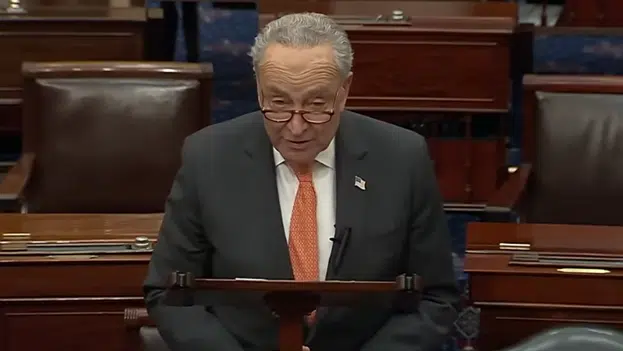By Adam Bitely – During the era of the Great Depression, many politicians turned to the theories being developed by the economist John Maynard Keynes. According to Keynes, to reduce unemployment, the government should print more money and create programs that would employ the unemployed. By doing this, unemployment would drop and money would make it into the hands of those affected by the economic downturn.
Of course, the data never proved Keynes right.
On the other side of this argument at that time was Friedrich von Hayek, who promoted the idea of allowing the free market to fix the biggest problem of the age. As Hayek argued, resources would flow to where they are deemed most needed and eventually everything will turn around. If the government tries to centrally plan a recovery, as Keynes suggested, the result would be inflation and more unemployment.
Hayek was eventually proven correct, but many still don’t agree with his analysis of why the central planners failed in the 1930’s — and still continue to fail today.
First, the form of economic recovery that was envisioned by Keynes involved the Federal Reserve to pump newly printed currency into the market. This infusion of currency was designed to ease consumers back to their previous spending habits. However, as Hayek predicted, it led to inflation as more and more currency was printed which devalued the dollar. Keynesians still use the creation of new currency to fix the problems of an economic recession — and are looking to implement this very method again today.
Second, Keynes argued that people should be put to work by the government to lower unemployment. These tasks ranged around creating new infrastructure that was unnecessary at the time, akin to digging a hole and filling it back in. Throughout the Great Depression, the federal government created a plethora of work programs for unemployed Americans, artificially employing Americans that were being paid with the new money that was being printed by the Federal Reserve. As Hayek predicted, these types of activities divert resources from their most valuable use. Instead of valuable and scarce resources going to private projects in various outlets, money was spent on countless projects that were not in low demand in the marketplace.
Third, the Keynesians in the federal government created massive safety net programs that would help different groups of people. The most prominent of these programs is Social Security. Such programs have proven unsustainable over time, and have led to an ever-bloating welfare state in which government’s power has ballooned. Again, the creation of these programs has led to the misallocation of resources.
The Great Depression was a pivotal moment in American history as the role of government permanently changed. No longer was the federal government an occasional nuisance that existed in a far-away city, it had finished a long transformation into the big behemoth that could dictate nearly every aspect of one’s life.
While Keynes had won over the government officials and central planners during this period, Hayek was eventually proven correct on his theory that the free market could better handle correcting market problems.
Unfortunately, even when presented with mountains of evidence to the failures of Keynes’ theories, government officials to this day have refused to side with Hayek’s theory. Instead of learning the lesson of the Great Depression, the government has continually chosen to continue making the same mistakes time and again.
Keynes has won the war for the hearts and minds of politicians, but Hayek has won the much more important war — the war of facts.
Adam Bitely is the Editor-in-Chief of NetRightDaily.com. You can follow him on Twitter at @AdamBitely.






